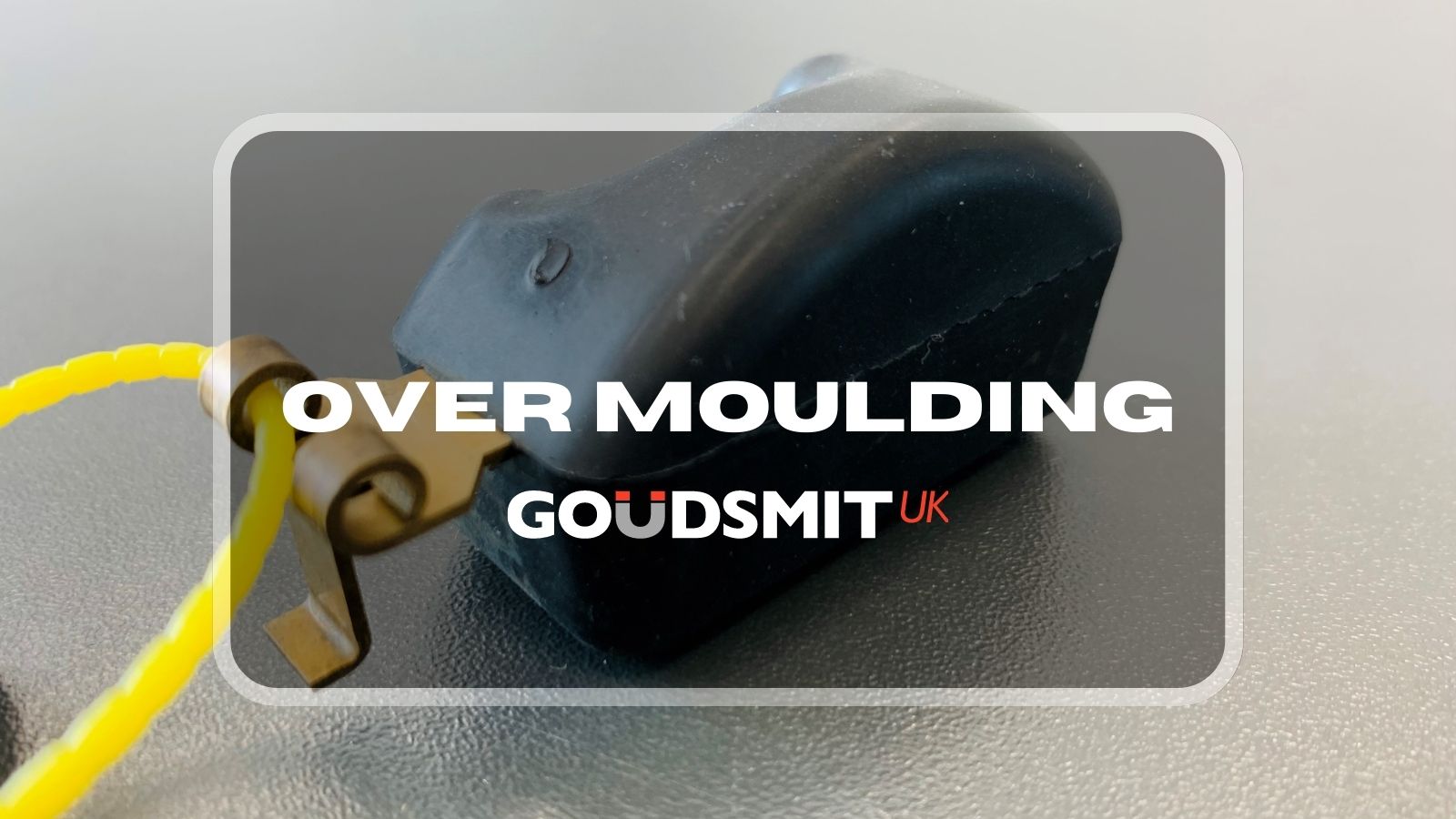In our previous blog posts we established that the correct assembly technique is an important aspect in relation to the performance of your application. After a detailed look at the pros and cons of mechanical assembly and insert moulding; over moulding is the next assembly technique we’re going to discuss.
Over Moulding
In recent years, over moulding has played an important part in the changing functionality of components, thus enabling engineers to adapt their designs to suit the challenging requirements of demanding applications. Moreover, it makes the design and development of products quicker and easier, while also improving components in many ways. Therefore, for better grip and shock absorption, it is the ideal assembly technique.
What is over moulding?
Over moulding is the process of adding an additional layer of material over an already existing piece or part. Injection moulding plastic in and around another component to encapsulate it fully, or partially will achieve this. Manufacturers use this technique mainly because it is an excellent method for securely assembling parts.
Characteristics of over moulding
- An extra mould can fully guarantee a secure assembly.
- Over moulding completely encapsulates the part, or magnet.
- In the rest of production chain, costs may be reduced as no secondary assembly operations are required.
Benefits of over moulding
Over moulding proves advantageous for a few reasons:
- Majority of components are suitable for over moulding including sensitive electronics and cables.
- Parts produced using over moulding are tough, lightweight and chemically resistant.
- Parts can achieve a high degree of waterproofing and shock resistance.
- Surfaces can be soft touch for handling or tough for durability.
- Products are better insulated and thus better protected.
Challenges of over moulding
Although proving extremely advantageous for many, over moulding also comes with its minor drawbacks:
- Initial tooling and machinery cost tends to be high.
- There may be restrictions on part designs.
- Small runs of parts can be costly.
Applications using over moulding
Over moulding technology is employed for a wide range of aesthetic and functional purposes in many industries and applications, such as:
- Medical devices and instruments
- Parts with soft grip handles
- Knobs for appliances, controls, and assemblies
- Encapsulated electronic devices and electrical components
- Window reveal mouldings
Moreover, for environmental reasons, many opt for over moulding of the component. Although this requires an extra mould it is an excellent way to reliably assemble parts. For this process, polymer is favourable among many.
Goudsmit UK
In some of these processes we produce complete assemblies, while in others we prepare parts for further processing by our customers. In many cases, subsequent steps or assembly processes can be integrated, resulting in savings further down the line in the production chain.
We have years of experience, therefore there is no other supplier that can provide better results. Contact us today for more information at info@goudsmit.co.uk or on +44 (0) 2890 271 001.
For more information download our products and services brochure.







